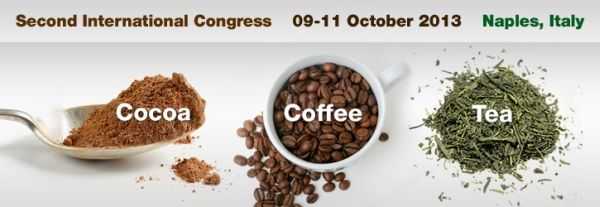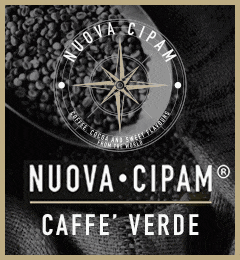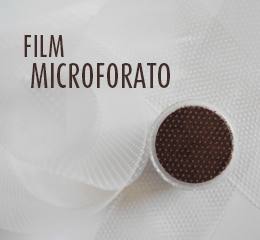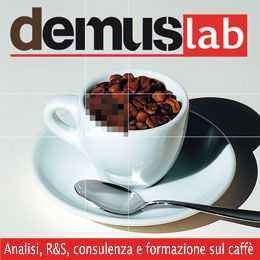Roccio M.1, Moia S.1, Walker G. E.1, Prodam F.1, Bellone S.1 and Bona G.1 Grosa G.2, Aprile S.2 Coisson J.D.2, Travaglia F.2 Locatelli, M. and Arlorio M.2 1Department of Health Sciences, Università del Piemonte Orientale “A. Avogadro”, Novara, Italy 2Dipartimento di Scienze del Farmaco, Università del Piemonte Orientale “A. Avogadro”, Novara, Italy E-mail: flavia.prodam@med.unipmn.it
Diet is one of the key lifestyle factors involved in the genesis prevention and control of many pathologies. Dietary components such as polyphenols present in cocoa (Theobroma cacao L.) shows important functional properties.
The polyphenolic profile of cocoa is well elucidated in literature, including monomeric and polymeric polyphenols, which show antioxidant and anti-inflammatory capacity.
Chocolate consumption (particularly dark chocolate, as showed in many in vivo recent studies) triggers a positive influence on human health, because their antioxidant, antihypertensive, anti-inflammatory and anti-thrombotic effects as well as their influence on insulin sensitivity, vascular endothelial function and activation of nitric oxide.
Monocytes are key to this inflammatory status and offer an important model in investigating the role of dietary components and their metabolites.
The main target of this research was to study the key molecular mechanisms through which the bioactive components of cocoa may modulate the inflammatory state in healthy subjects.
At present, there is no specific report on the efficacy of bioavailable flavanols on inflammation in humans, despite promising data in animal models. For this reason, bioavailability of epicatechin (and its glucorunide metabolite) was evaluated by liquid chromatography-mass spectrometry (LC-MS) in the plasma of five healthy volunteers (young men aged 22-30 years), treated with acute and chronic levels of cocoa.
Cocoa was administered in the form of chocolate bars, derived from two batches of chocolate with different percentages of cocoa (40 and 80%, respectively) and characterized for the chemical composition. At the same time, peripheral mononuclear cells were isolated from the blood of the same subject, before and after administration at the time of peak detected through the bioavailability study.
Cells were lysed and analyzed by 2D-electrophoresis with IPG strips 5-8 pH, with the respective proteomic profiles compared using PDQuest statistical software. Overall, the analysis showed an average total of 705 spots (n=5) present within the monocytes isolated. Following a deeper analysis our attention was drawn to several cluster of proteins, which were specifically expressed after three hours of cocoa administration, when compared with the baseline profile.
Five different spots were observed between 23-27 KDa with a pI of 4.8-5.1 as well as two around 40 kDa with a pI of 5.9, which have been identified by immunoblotting on 2D-gel to be the Macrophage Capping Protein (CapG) belongs to the gelsolin family of proteins.
Concluding, the data obtained from the bioavailability experiments and proteomic analyses represent the initial phase of an ongoing study that will contribute to understanding the role of diet on inflammatory mechanisms linked to cocoa consumption. In this regard confirmational experiments will be performed to investigate the hypothetical role of these proteins with inflammatory pathways.















